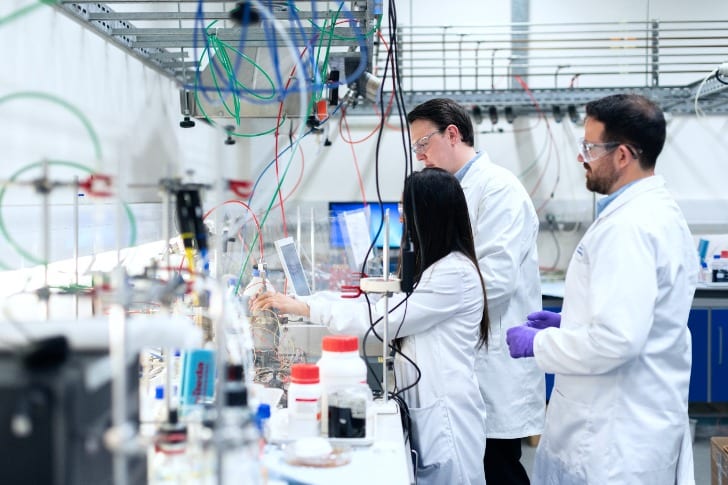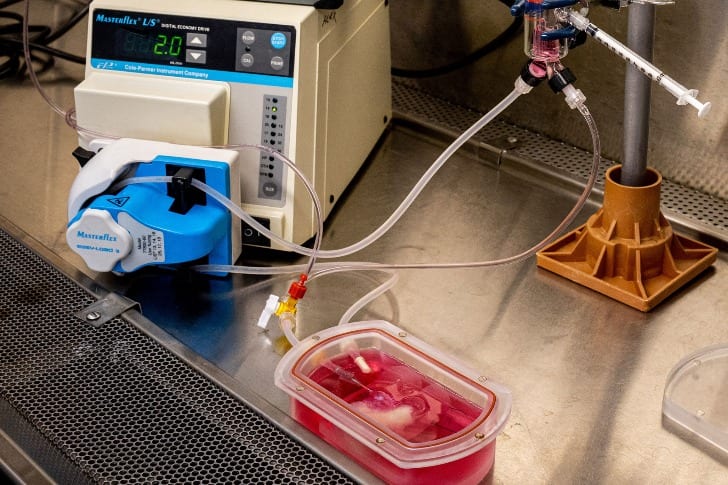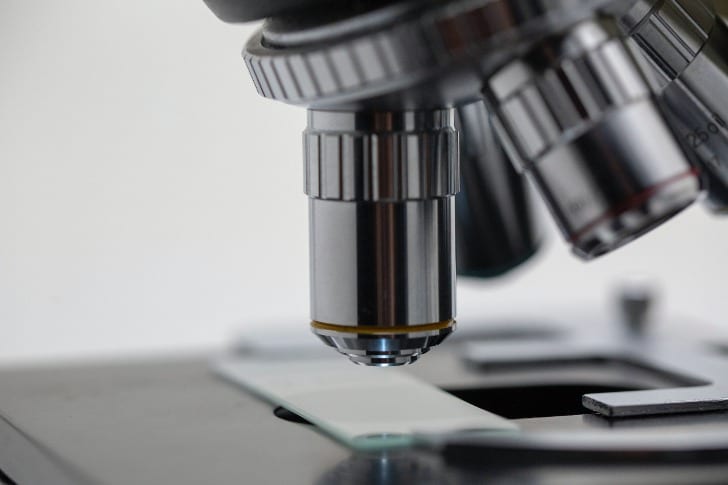
ThisisEngineering RAEng/Unsplash: Science and Technology advancing every day
We have been waiting for a miracle in the world of organ transplants! The medical researchers at the University of Pittsburgh did just that when they successfully managed to cultivate small livers made out of human skin and implanted them into rats. They formed a complete micro environment with the help of stem cells, nurtured in the vascular and skin cells. A setting of this nature helped in the growth of functions and produced tissue structures similar to the ones in an actual liver.
A Cell Reportspaper authored by Kazuki Takeishiand five others from his team highlighted the findings in detail. Based on similar attempts in the past, scientists have used structures of rodent cells to cultivate their environment, a process known as recellularization.
How It All Began
The series of experiments started when volunteers gave their skin cells for research purposes. It was reverse-engineered into stem cells and then modified to create cells that are required for the generation of a liver. After that, the scientists planted liver scaffolds — an extracellular matrix (ECM) structure— with their new human liver cells.
Decellularization is done to remove cells from the ECM while keeping mechanical, biochemical, and structural properties of the scaffolds intact. The ones in the rats had DNA traces, which raises questions of whether these scaffolds can be tried in humans.
How the Process Was Carried Out

NATHANIEL LANGER, UPMC: Testing lab-grown livers
The tiny livers took over a month to fully develop compared to the one in the human body that takes close to two years. This process has been honed by many researchers over the course of 10 years. Five special lab rats were used for this purpose, and their immune systems were suppressed and liver lobes were removed to propagate regeneration.
Although five is not a substantial sample set to be certain, all the livers operated well during the four-day trial, accomplishing the motive of discharging urea and bile. As expected by the scientists, there were problems in the graft site since a human organ was transplanted on to a rat.
What Lies Ahead

Future research and studies should focus on methods that permit vascular development in a continual manner. The best example of this is the introduction of nano-particles and the alteration of scaffolds that do not bear any cells.
What these scientists have achieved goes on to show that meaningful progress in the direction of biologically engineered human-liver grafts generation is required.




